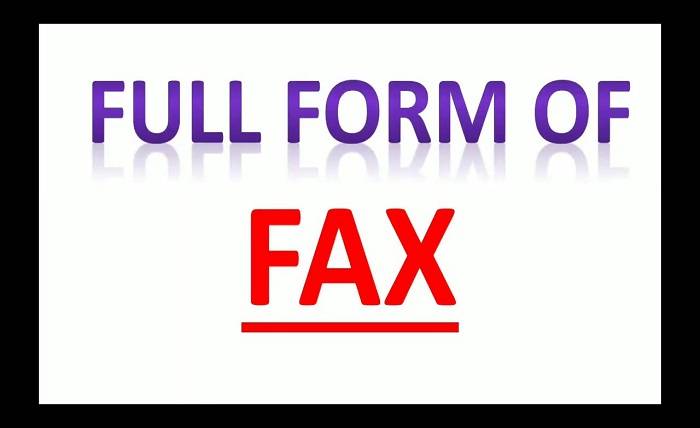You might be wondering, “What is fax full form?”. Here are a few tips. Fax transmission is the process of sending a document via a telephone number to a printer or other output device. Its full form is a bit confusing, so we’ve compiled a list of common fax terms. We’ll cover the main differences between fax and telecopying. Here are the terms you should know when you’re ready to use a fax machine.
Faxes were a very common mode of communication in the earlier days. They were essentially scanned copies of images sent by a machine. Faxing became a popular way to communicate with people who did not have access to mobile phones, the internet, and social media. This is why fax is an integral part of most businesses. To learn more about the history of fax, visit Wikipedia’s article on faxing. You can also check out Google’s ngram viewer to learn about the various terms used in faxing.
Fax machines are useful for sending and receiving documents. They transmit scanned images and text over a telephone line. The term fax is derived from a Latin word that means “make alike” or “fax.”
Fax machines are similar to a printer. The printer scans the document and converts it into an electronic signal that is transmitted via a telephone line. Its technology has become so advanced that fax machines have almost been completely obsolete, as email and numerous other text message amenities have replaced fax machines. If you want to learn more about this technology, we recommend checking out the following section of the history of faxing.
Faxes are used to send and receive documents. They can be sent over the internet or by phone. The most common uses for fax machines are in the legal, health care, and logistics industries. In addition to their widespread use, fax machines are used by many industries. This article introduces how fax machines have evolved and how they have been adapted to modern communication. And we’ll cover the difference between fax and e-mail.
Fax machines are similar to telephones, but they can also receive faxes. The format for a fax number is similar to a phone number. The area code comes first, followed by three digits, followed by four digits. You must also add a hyphen or a period after the area code. The last four digits are the fax number’s destination.
When faxing, you need a machine that can send and receive files. The ITU recommends the T.30 standard for the format of faxes. This standard identifies the standard image size and type. It also specifies two types of compression. It also specifies how pages are demarcated and when the call should be terminated. The ITU also developed the T.37 standard for sending fax-image files via e-mail.










